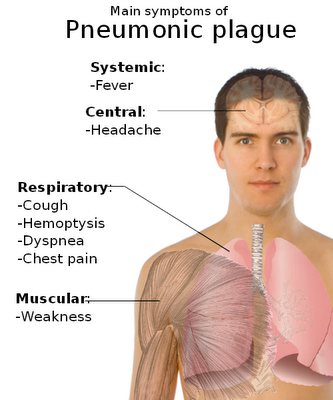
Canine influenza (or the so called dog flu) is a disease that usually shows up in dogs (just as the name canine suggests). The influenza is caused by a number of viruses like the renowned virus H3N8, which was discovered in 2004.
Many dogs suffer from this disease because they lack the exposure to the virus. The lack of exposure means that many dogs do not have the immune system ready for it and they can suffer a lot. In many regions the illness has spread and caused a high rate of death.
This type of influenza is very contagious and caused the Greyhound race dog fatalities. This happened on a racetrack, in January 2004, in Florida. A number of dogs got infected in Florida, when the virus showed up in the area and a number of dogs got infected at a race track. also, this virus has been the cause of many respiratory disease outbreaks which took place between 1999 and 2003.
H3N8 is responsible for creating a flu outbreak in new York City in May 2005. The outbreak took place in 10 states and 20 racetracks: Colorado, Florida, Iowa, Arizona, Arkansas, Kansas, Massachusetts, Texas, Rhode Island, and West Virginia. The dog flu was confirmed in approximately 22 US states and affected a lot of dogs. The good thing was that the influenza was not transmitted to cats, people or other pets. The H5N1 (avian influenza) has been the cause of one death, of one dog from Thailand. he got infected after he ate an ill duck.
The influenza A virus also developed one negative single-stranded RNA virus. The H3N8 was transmitted from the horses straight to the dogs.
Almost 40% of all the dogs that were infected with H3N8 showed mild symptoms. also, if the disease was treated, the fatality rate was very small. Green nasal discharges and some cough, plus fever, were the main symptoms. The fatality rate is not that big and the shelter population has not been affected as much. The main symptoms were caused by the virus and the secondary ones by the bacterial infections. also, many dogs developed pneumonia and they died if they were not given the right treatment. Severe hemorrhagic pneumonia showed up as well, and evidence of vasculitis was found.
Usually, if an upper respiratory tract infection is detected, than the dog is under the suspicion of an infection. The best test is to submit a serum sample from a dog to a laboratory that can do PCR tests. The results are ready in just a few days and then the proper treatment can be applied.
Tags : Canine, Diagnosis, Influenza, SymptomsCategories : Uncategorized